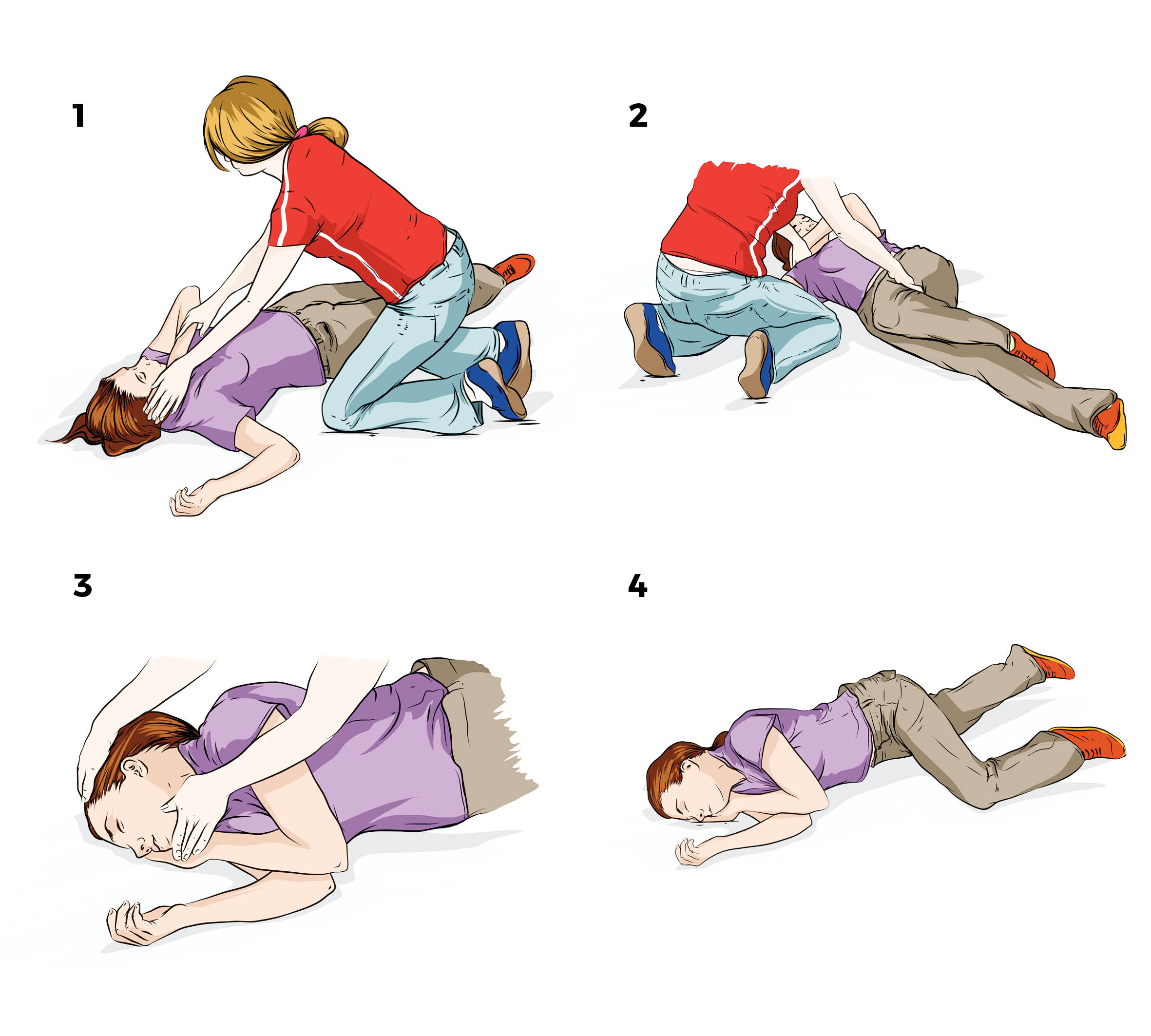GHB
Also called G, grievous bodily harm, fantasy, blue nitro, liquid ecstasy
GHB (gamma hydroxybutyrate) is a depressant drug which means that it slows down and interferes with the functioning of the brain and the body.
GBL (gamma butyrolactone) and 1,4-BD (1,4-butanediol) are chemicals that are closely related to GHB. Once GBL or 1,4-BD enter the body, they convert to GHB almost immediately.
What does it look like?
- Liquid (dissolved from powder or crystals)
- Swallowed
- Injected
- Suppository
People may use GHB to induce feelings of euphoria, or to heighten a sexual experience. Other short-term effects include:
- Lower heart rate and body temperature
- Drowsiness
- Blurred vision
- Dizziness
- Headaches
- Nausea
- Diarrhea
- Urinary incontinence
- Memory lapses
- Seizure
- Loss of consciousness
People who inject are at higher risk of additional harms such as:
- Blood-borne viruses
- Bacterial and fungal infection
- Damage to the circulatory system
- Increased likelihood of overdose
GHB affects people differently depending on a range of factors including how strong it is, how much is consumed, whether it is used with other drugs, and the individual characteristics of the person. It is important to know that there is no safe level of use.
The effects of GHB can vary significantly and the difference between a dose that produces the desired effects and a dose that can cause an overdose is very small. GHB when mixed with alcohol or other drugs also increases the risk of an overdose.
- Dependence (having difficulties stopping/reducing use)
- Tolerance (needing to use more to get the same effect)
- Increased risk of physical, mental and social problems
- Spending a great deal of time getting, using, or recovering from the effects
- Using in greater amounts, or for longer than originally planned
- Needing to use more to get the same effect
- Having cravings, difficulties stopping/reducing use
- Experiencing withdrawal symptoms
- Social problems including relationship issues, financial problems, impacts on study or work and legal problems
Withdrawal symptoms may be unpleasant, but will lessen over time. Common withdrawal symptoms include, nausea, muscle cramps, sweating, increased heart rate, low mood, anxiety, paranoia, irritability, poor sleep and seizures.
Sometimes it can take a few attempts to cut back or stop.
- Focus on the reasons for cutting down or stopping
- Avoid ‘triggers’ (i.e. things associated with using such as places, people and stressful situations)
- Ask a friend, family member or health professional for support
GHB should be avoided during pregnancy as it is linked to higher rates of miscarriage and other birth complications. Sedative medications can also cause the baby to be drowsy, have respiratory difficulties and low muscle tone. People who are concerned about their GHB use while pregnant should talk to their doctor or health professional.
Adis 24/7 Alcohol and Drug Support is a 24 hour, 7 day a week confidential support service for people in Queensland with alcohol and other drug concerns, their loved ones and health professionals.
Talk to us. Anytime, anywhere.
1800 177 833
Signs of a GHB overdose may include:
- Slow and shallow breathing
- Irregular heart rate
- Vomiting
- Sweating
- Confusion
- Irritation
- Agitation
- Seizures
- Losing consciousness
If the person has collapsed or lost consciousness, call an ambulance on triple zero (000). If they have stopped breathing commence CPR. If they are breathing normally, place them into the recovery position.

Take a self assessment quiz, it's free and only takes 5 minutes.
